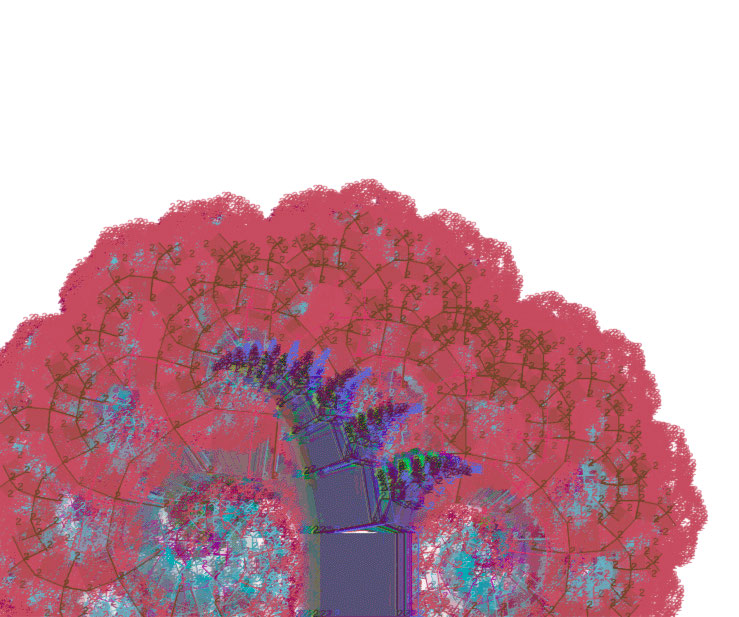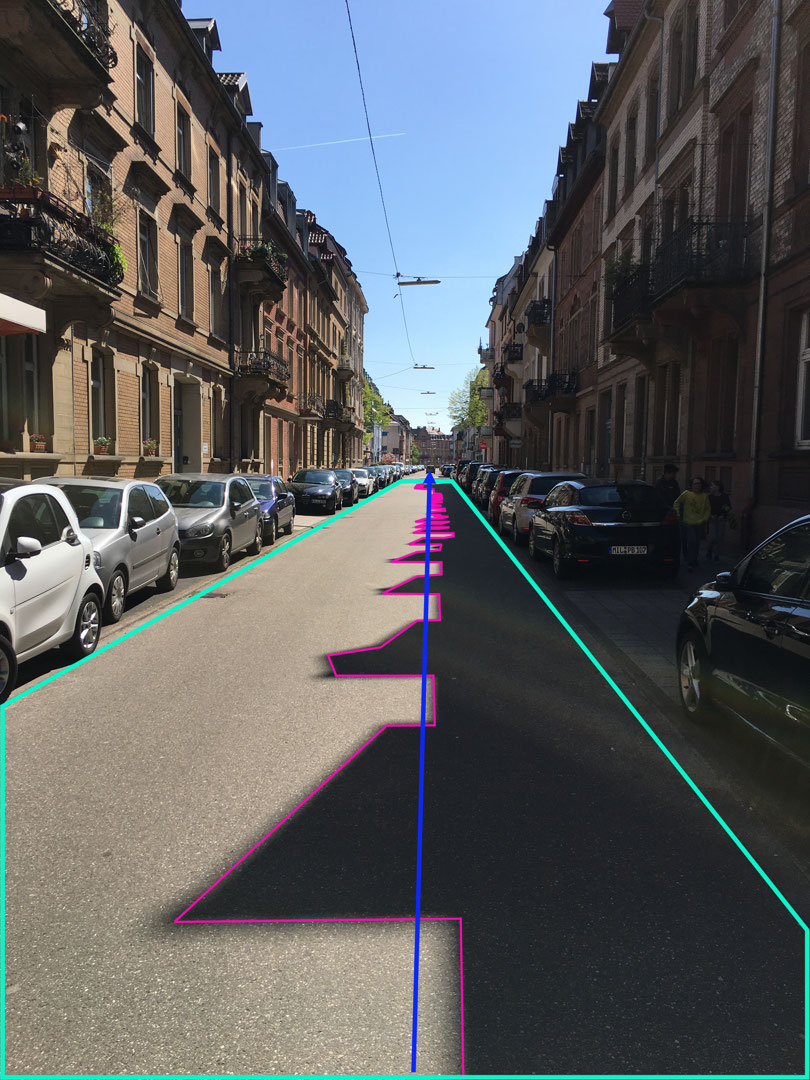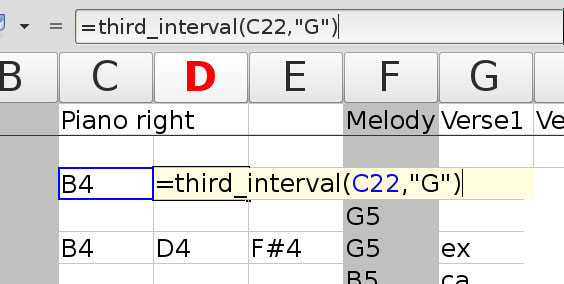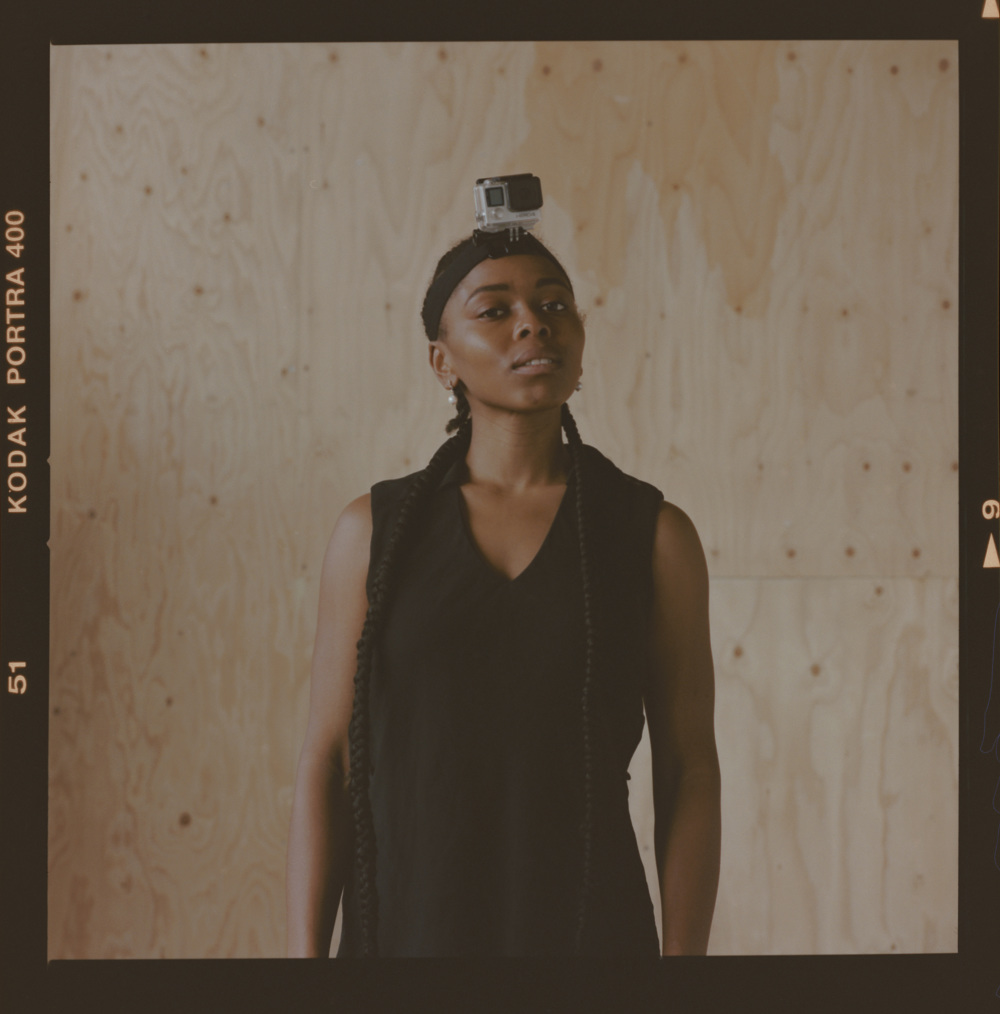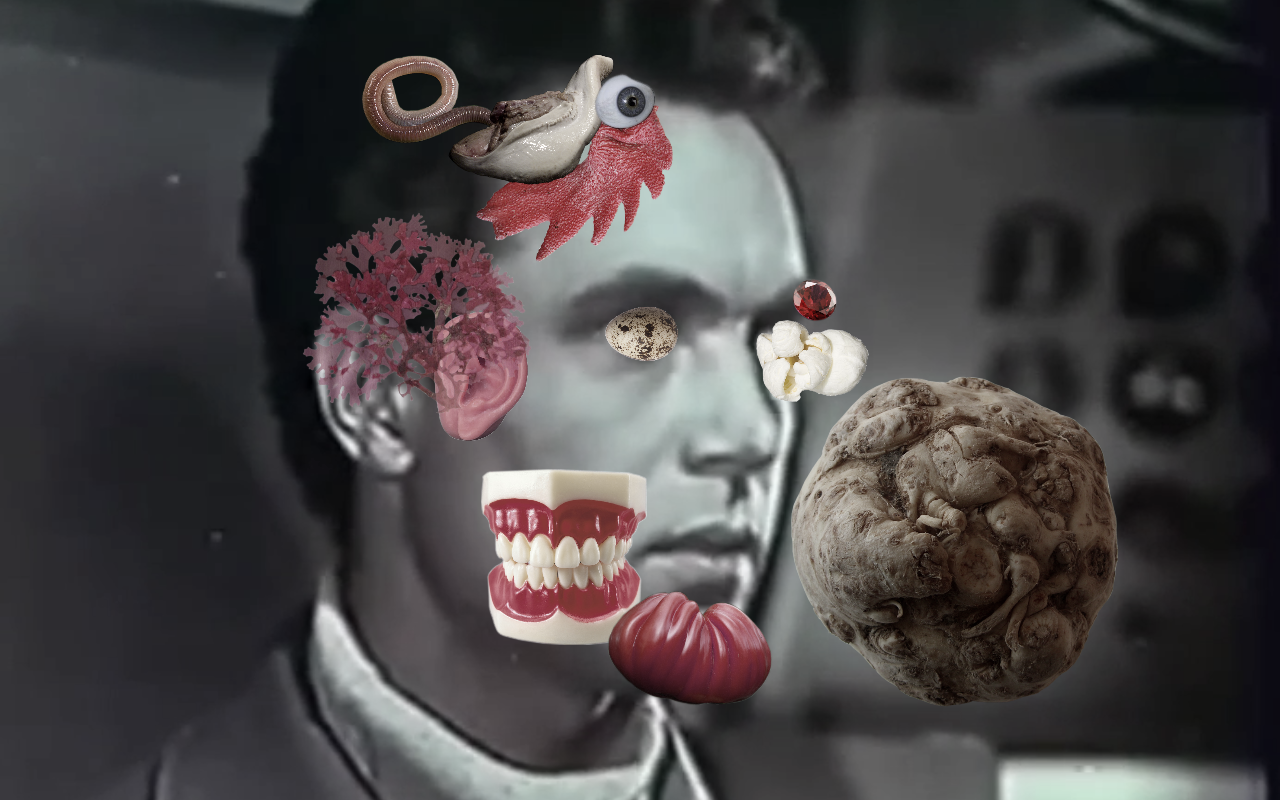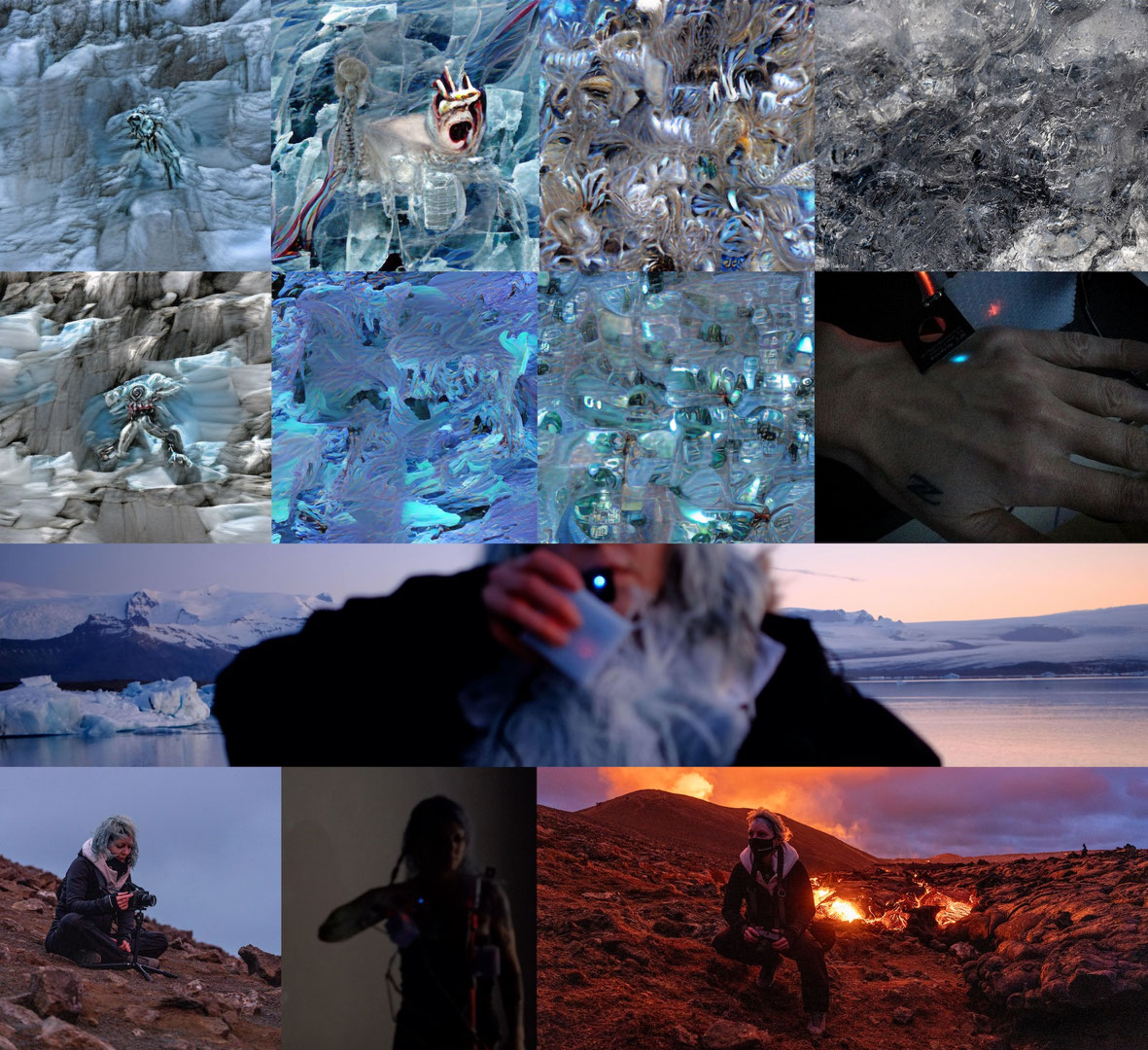
Idun Isdrake
Through a counter tactic perspective, with planetary accountability, Isdrake’s work and research prototype diverse human computer interfaces and narratives, aiming to limit bias in the development of new technologies and science (fiction). This includes working with datasets for AI systems, diverse narrative design, testing environment friendly solutions for powering and disposing of used technologies, as well as proposing inclusive interfaces.
The presentation will include Isdrake’s process for work with diverse and accessible design, and demo of a few of their art works.
The demos will mainly focus on implanted interfaces based on Near Field Communication technology (NFC. Isdrake has a couple of audiovisual experiences linked from its body, some developed with other organic or inorganic entities. Creating an endosymbiotic relationship between human flesh and other entities, an intimate dialogue only accessible through consent. Games, music and other expressions can be communicated through body modification, a human practice with ancient history, often connected to identity expression but also trauma and oppression. Embodied technologies and digital art as a voice for the silenced voices and disabled bodies, is one of the strongest motivations behind this work. The format is best live in a room, with soundsystem and projectors, where the audience can come close to see and demystify the hardware, and have a dialogue with the artists. Depending on budget and resources the demo can include a video installation. Research documentation https://imperceptible.space/
Idun Isdrake is a game designer, film, stage and transmedia director, moving in the inbetweens and unknowns, hacking forced power structures. Inclusion and diversity is at the core of its productions, ranging from computer games linked from its body, to film noir and landscape photography. Isdrake is the founder of Swedens first game and transmedia lab, The Collaboratory, as well as first game art gallery, Epic Unidragon. Their work includes many years of building a better infrastructure for digital culture in Sweden and globally, in dialogue with communities in hacker labs, makerspaces, museums, libraries, the EU Commission, academia and various industries. Currently Isdrake is doing PhD research at Concordia University Tiohtià:ke/Montréal.



